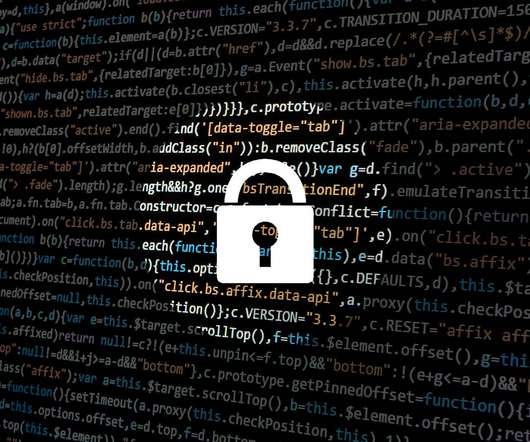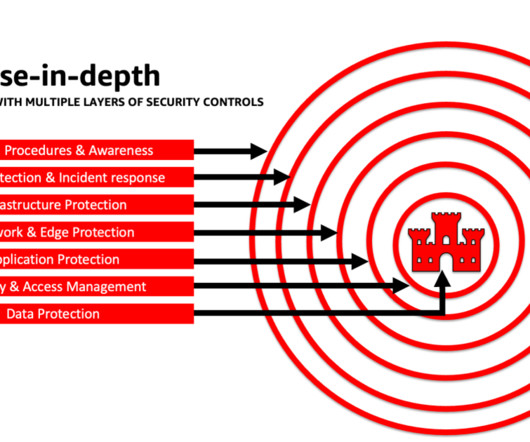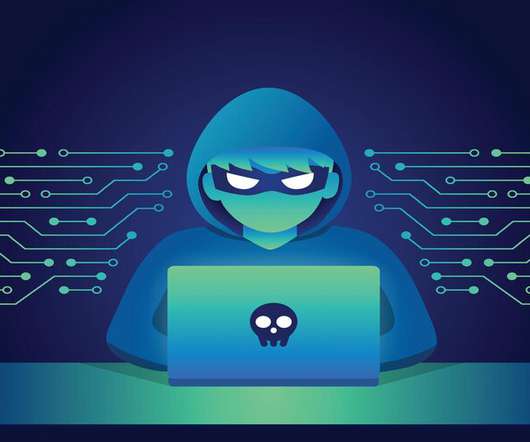The Importance of Security and Compliance in Enterprise Applications
OTS Solutions
JUNE 21, 2023
Common vulnerabilities in enterprise applications may include unauthorized access, data leaks, malware infections, phishing attacks, or compliance violations. As DDoS attacks continue to evolve and become more sophisticated, organizations must take steps to protect their networks and ensure business continuity.
























Let's personalize your content